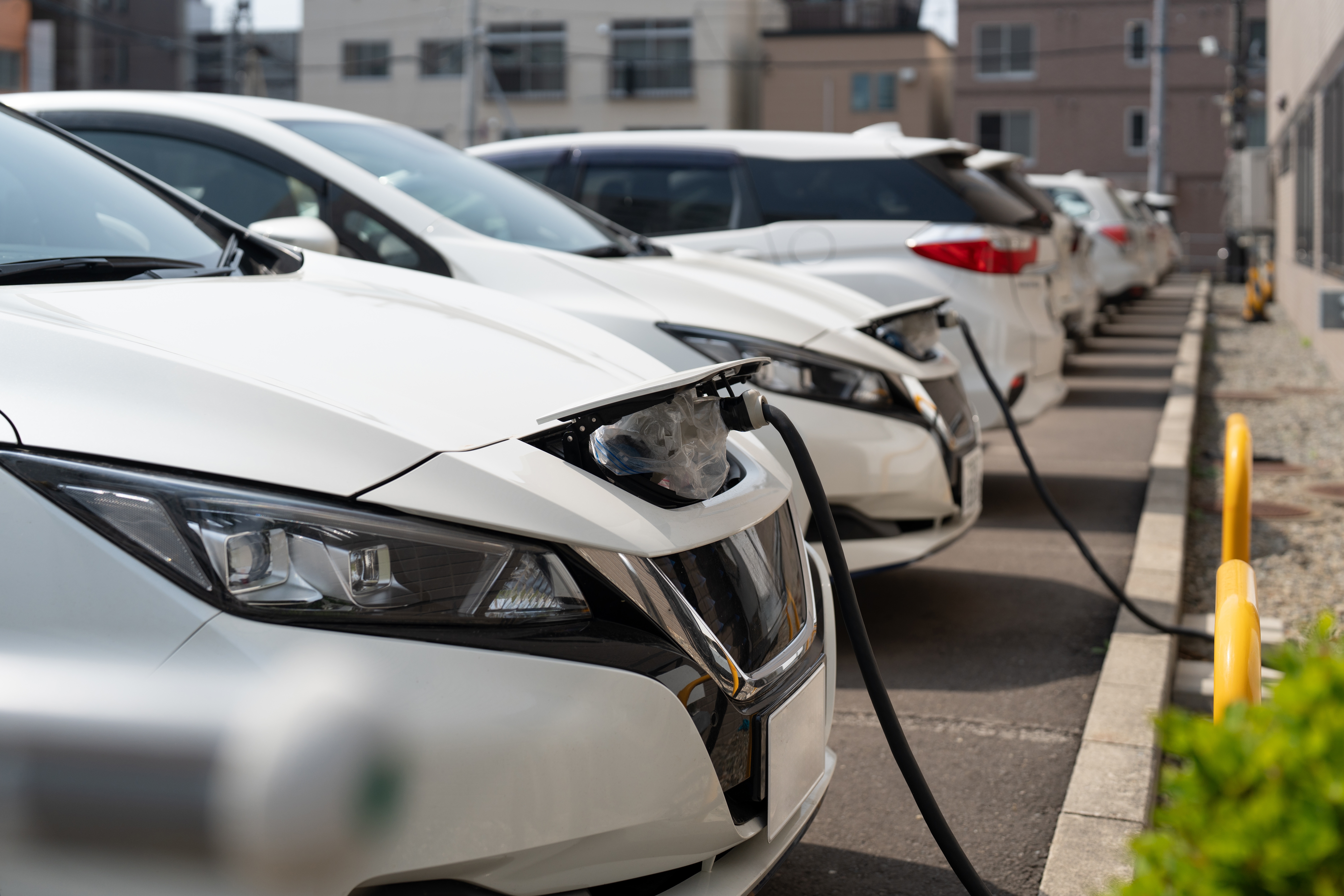Small two-seater electric cars: The price may surprise you
Electric vehicles are gaining popularity as a sustainable transportation option, with small two-seater models offering a unique blend of efficiency and urban practicality. These compact electric cars are designed to navigate city streets with ease while providing an eco-friendly alternative to traditional gasoline-powered vehicles. As more manufacturers enter this niche market, consumers are finding a growing selection of small electric cars that combine cutting-edge technology with surprising affordability.

What are the benefits of small electric cars?
Small electric cars offer several advantages over their larger counterparts and traditional vehicles. Their compact size makes them ideal for urban environments, where parking spaces are often limited and tight maneuvers are necessary. These vehicles typically have a smaller carbon footprint, not only due to their zero-emission operation but also because they require fewer materials to manufacture.
Energy efficiency is another key benefit of small electric cars. Their lightweight design and smaller batteries contribute to lower energy consumption, which translates to reduced charging costs for owners. Additionally, many cities offer incentives for electric vehicle ownership, such as free parking or access to low-emission zones, making small electric cars an attractive option for urban dwellers.
How do 2-seater electric cars compare to traditional vehicles?
Two-seater electric cars differ from traditional vehicles in several significant ways. The most obvious distinction is their power source – electricity instead of gasoline or diesel. This fundamental difference results in zero tailpipe emissions, contributing to improved air quality in urban areas.
In terms of performance, 2-seater electric cars often provide instant torque, delivering quick acceleration from a standstill. This characteristic makes them particularly well-suited for stop-and-go city traffic. While their top speeds may be lower than some conventional cars, they are typically more than adequate for urban and suburban driving conditions.
Maintenance is another area where 2-seater electric cars stand out. With fewer moving parts and no need for oil changes, these vehicles generally require less frequent servicing than their internal combustion engine counterparts. This can result in lower long-term ownership costs, despite potentially higher initial purchase prices.
What are some popular 2-seater electric cars and their prices?
The market for 2-seater electric cars has expanded in recent years, with various manufacturers offering models at different price points. Here’s a comparison of some popular options:
| Model | Manufacturer | Key Features | Estimated Price Range |
|---|---|---|---|
| Smart EQ ForTwo | Smart | Compact size, 81-mile range | $25,000 - $30,000 |
| Renault Twizy | Renault | Quadricycle design, 62-mile range | $12,000 - $15,000 |
| Citroën Ami | Citroën | 47-mile range, 28 mph top speed | $7,000 - $9,000 |
| Microlino | Micro Mobility Systems | Retro-inspired design, 124-mile range | $13,000 - $16,000 |
Prices, rates, or cost estimates mentioned in this article are based on the latest available information but may change over time. Independent research is advised before making financial decisions.
It’s important to note that while some of these vehicles may have lower price tags compared to larger electric cars, their limited range and size may impact their practicality for certain users. However, for urban commuters or those seeking a second car for short trips, these 2-seater electric options can offer an affordable entry point into electric vehicle ownership.
How does the cost of ownership compare for small electric cars?
When considering the cost of ownership for small electric cars, it’s essential to look beyond the initial purchase price. While the upfront cost may be higher than some comparable gasoline-powered vehicles, electric cars often have lower operating expenses over time.
Electricity costs are generally lower than gasoline prices, especially when charging is done at home during off-peak hours. Maintenance costs are typically reduced due to the simpler mechanics of electric motors compared to internal combustion engines. Additionally, many governments offer incentives for electric vehicle purchases, which can significantly offset the initial cost.
However, potential buyers should also consider factors such as battery replacement costs and the potential need for home charging infrastructure. While these expenses can be substantial, they are often outweighed by the long-term savings in fuel and maintenance costs for many users.
What are the limitations of 2-seater electric cars?
Despite their many advantages, 2-seater electric cars do have some limitations that potential buyers should consider. The most obvious is their limited passenger and cargo capacity, which may not be suitable for families or those who frequently need to transport larger items.
Range anxiety can also be a concern, particularly with models that offer less than 100 miles of driving distance on a single charge. This limitation may make long-distance travel challenging without careful planning for charging stops.
Weather conditions can also impact the performance of small electric cars more significantly than larger vehicles. Extreme temperatures, particularly cold weather, can reduce battery efficiency and overall range. Additionally, the lightweight nature of these vehicles may make them less stable in strong winds or on icy roads compared to heavier cars.
In conclusion, small two-seater electric cars represent an innovative segment of the automotive market, offering a blend of eco-friendliness, urban practicality, and often surprising affordability. While they may not be suitable for every driver’s needs, these compact EVs provide an efficient and cost-effective solution for city dwellers and environmentally conscious consumers. As technology advances and more manufacturers enter this space, we can expect to see continued improvements in range, performance, and features, making small electric cars an increasingly attractive option for a wider range of consumers.




